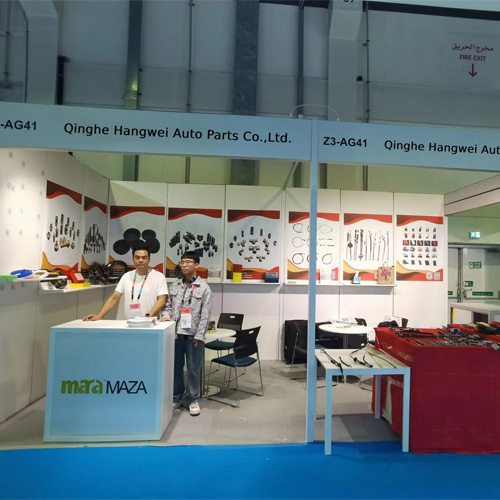carburetor throttle cable
The carburetor throttle cable is a crucial component in the operation of many internal combustion engines, particularly those found in older vehicles, motorcycles, and various types of machinery. This cable serves as the link between the accelerator pedal and the carburetor, allowing the driver to control the amount of air-fuel mixture entering the engine. Understanding the function and maintenance of the throttle cable is essential for optimal vehicle performance and longevity.
At its core, the throttle cable is designed to convert the driver’s desire for speed into mechanical motion. When the driver presses down on the accelerator pedal, this action pulls the throttle cable. The movement of the cable then opens the throttle plate within the carburetor, enabling a greater flow of air and fuel into the engine's cylinders. This increase in the air-fuel mixture facilitates higher RPMs (revolutions per minute) and thereby boosts the power output of the engine.
Over time, throttle cables can experience wear and tear. Common issues include fraying, stretching, or corrosion, which can lead to sluggish acceleration, erratic idling, or a complete failure of the accelerator system. Regular inspection of the throttle cable can help identify problems before they escalate. Mechanics often recommend checking for any visible damage and ensuring that the cable is properly lubricated to minimize friction and wear.
Installation and adjustment of the carburetor throttle cable are also crucial for proper functioning. If a cable is too tight or too loose, it can result in poor throttle response or even stalling. To adjust the throttle cable, one must often find the cable adjuster near the carburetor assembly. This adjustment can be done by releasing or tightening the bolt that holds the cable in place, ensuring that there is a slight amount of slack to allow for smooth operation without binding.
carburetor throttle cable

Replacing a worn or damaged throttle cable can be a straightforward process, but it requires some mechanical knowledge. It typically involves detaching the old cable from the accelerator pedal and carburetor, then installing the new cable in the reverse order. Proper routing is essential to prevent any interference with other components within the vehicle.
In modern vehicles, electronic throttle control systems have begun to replace mechanical cables in many applications. While these systems offer more precise control and can improve fuel efficiency and emissions, understanding the traditional carburetor throttle cable remains important for enthusiasts and those maintaining older vehicles.
In conclusion, the carburetor throttle cable plays an indispensable role in the operation of engines that utilize carburetors. Regular maintenance, timely replacement, and proper adjustment are key tasks for vehicle owners to ensure that they achieve the best performance from their engines. By paying attention to this seemingly small component, drivers can keep their vehicles running smoothly, enjoying the full benefits of their engine’s capabilities for years to come.
-
Upgrade Your Vehicle with High-Quality Handbrake CablesNewsNov.01,2024
-
Optimize Your Bike's Performance with Quality CablesNewsNov.01,2024
-
Enhance Your Vehicle's Performance with Quality Clutch ComponentsNewsNov.01,2024
-
Elevate Your Vehicle's Performance with Quality Throttle CablesNewsNov.01,2024
-
Elevate Your Vehicle's Performance with Quality CablesNewsNov.01,2024
-
Affordable Solutions for Your Cable NeedsNewsNov.01,2024
